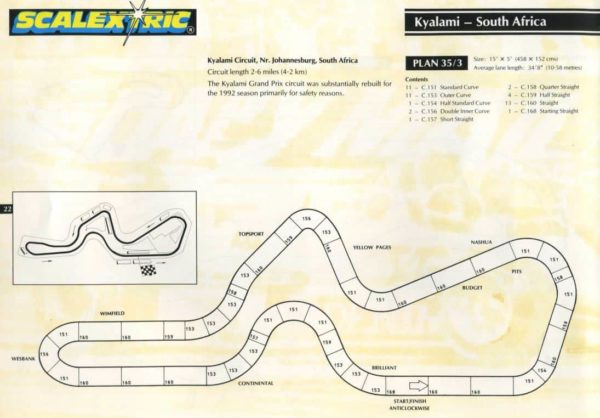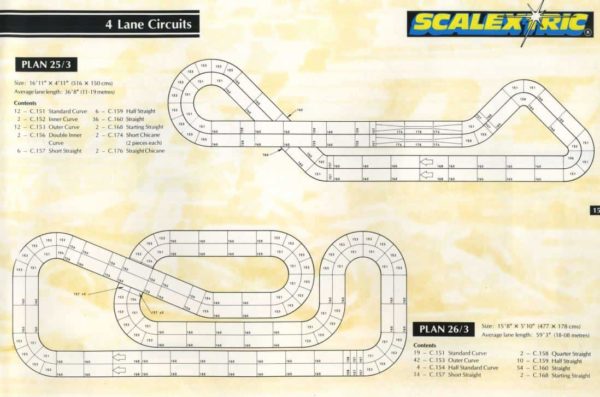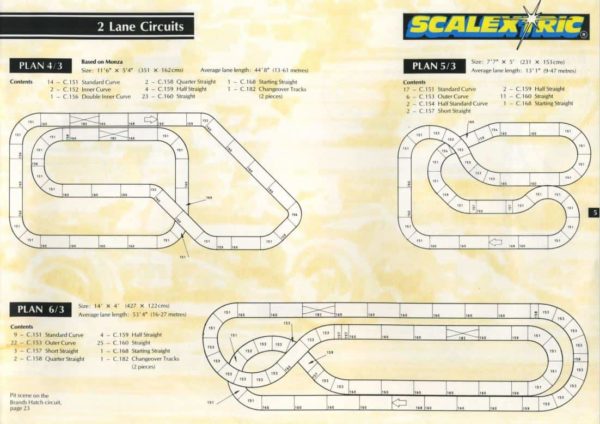ARCHDES201_TOI STOREYS x MR G
ARCHDES201 welcomes Mr G to the School of Architecture and Planning. As a precursor here’s Mr G presenting at the M9 conference in Tāmaki Makaurau. He toi whakairo, he mana tangata – Without Māori art, who are we?
SAY WHAT_!?

The Waste Age:
In Aotearoa NZ:
• New Builds in Akl produce 570,000 tonnes of waste
• CDW contributes to 50% of landfill volume
• Every new house produces 4.5t of waste, apartment blocks more
• In contracting, EoT claims often more expensive than material over-supply: PGCert in PM research?
• Waste Levies ($10/t) in AKL a joke compared to LDN ($100/t)
• Deconstruct don’t demolish
• Digital off-site prefabrication CLT has minimal waste
• Fly-tipping problem / Litter Act ineffective
• NZL is not green by design but by accident
SAY WHAT_!?

Navigating the stars.
As my ode to Witi Ihimaera, the Stardome Observatory tells me:
- Five planets can be seen with the unaided eye.
- Planets look different from stars and different from each other.
- How close a planet is to the horizon affects how bright it appears. When high, there’s less air to look through – so the higher they are, the brighter they appear.
- Mars’ brightness varies hugely over the course of a couple of years.
- Mercury (the hardest to spot) and Venus (the easiest) are sometimes called the ‘evening’ or ‘morning’ star. Mercury comes and goes very quickly (just a few weeks) while the others hang around for many months.
- The planets will always be found near the ecliptic against the backdrop of the Zodiac constellations – approximately east or west when rising or setting, or near north when they are highest in the sky.
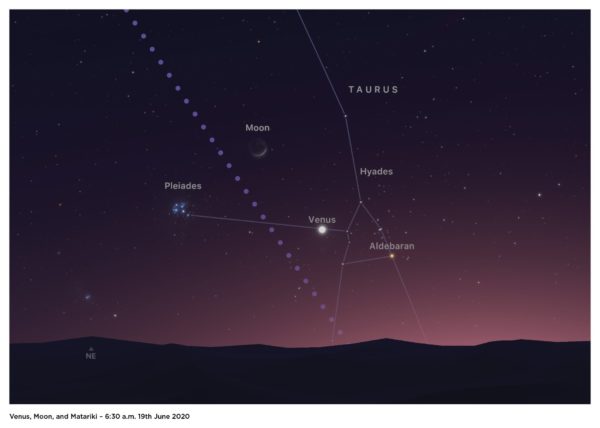
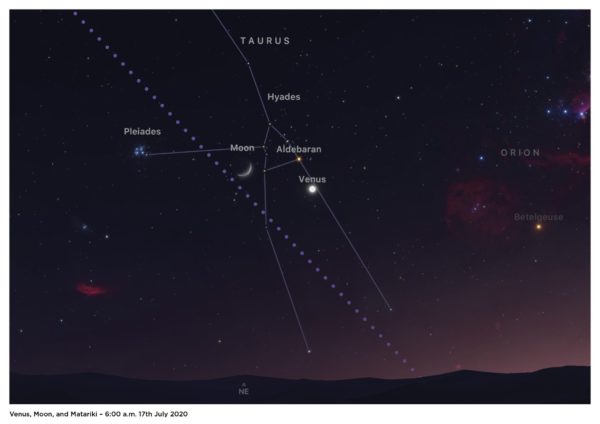
Mars is stooging around in the early morning sky as I write but as spring approaches it will appear in the evening sky as well. Approaching mid-October 2020 it will reach opposition and will be brighter than Jupiter and won’t be this bright again until June 2033! Best viewing will be around midnight half-way up the northern sky.
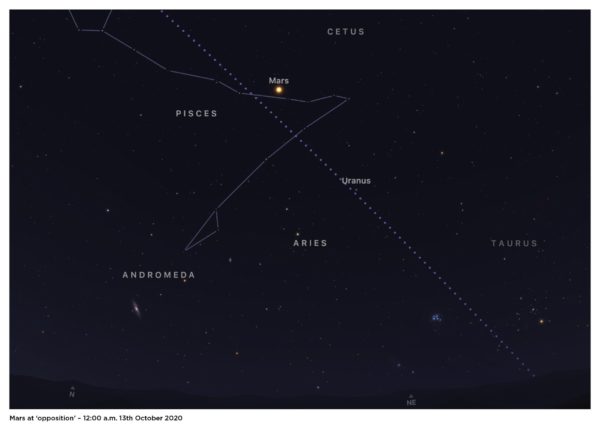
The giant planets Jupiter and Saturn will be in our evening sky for the rest of 2020. Watch this pair as they slowly draw closer to one other. On 21st December they’ll give us a one in twenty year treat
as they seemingly almost ‘touch’. Called a ‘great conjunction’ we might
think of this as a modern rendition of the Christmas Star 
SAY WHAT_!?

r006tan_Tānewhirinaki, virtually stands.
Rebuilding Tānewhirinaki: A Digital Projection
The great whare Tānewhirinaki was built by the Ngātira chief Hira te Popo at Waioeka in 1874, to restore the iwi’s mana following the illegal land confiscations imposed after the killing of the German missionary Carl Völkner. Tānewhirinaki became implicated in ominous prophesies by Te Kooti. This association and disturbing events on the marae led to the house’s acquisition of frightening tapu. One myth tells that the whare would not be standing after a kumekume a ruaumoko and so by the time of the 1931 Napier earthquake, Tānewhirinaki was no longer standing. Unable due to re-erected due to funding, the whare carvings have been in storage since that time. It is a travesty that such a significant part of Aotearoa NZ’s history lies in pieces.
In 2010 the School of Architecture began a collaborative project with the mana whenua Ngāti Ira o Te Whakatohea to look at reconstructing the whare. A 2014 lecture by Jeremy Treadwell and Yun Sung was the story of the first stage of the project; to reconstruct the house as a walk-through digital model (with Jordon Saunders) to provide this generation of the iwi with their first view into Tānewhirinaki. The animation was made with the blessings of the hāpu who lifted the associated tapu.
Jeremy Treadwell is a senior lecturer at the University of Auckland School of Architecture and Planning. Jeremy is engaged in doctoral studies investigating the structure of the large 19th century Māori meeting houses. Yun Kong Sung graduated with a Master of Architecture (Professional) at the University of Auckland. His current work encompasses archaeology and conservation using 3D scanning, automation of prefabricated single living units, and building visualisation through augmented reality.
SAY WHAT_!?

The design and build of a whare manu utilizing the birds of Project Island Song.
A taxonomy of kākahu: kahu huruhuru, kahu kiwi, kahu kuri and korowai.
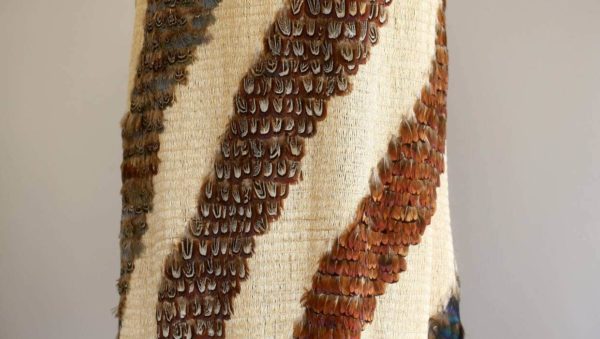
A kahu huruhuru is a feathered kākahu (weaver Erenora Puketapu-Hetet has used different birds).
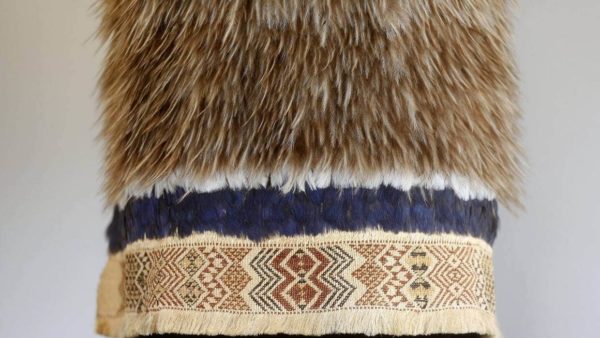
A kahu kiwi is a kiwi feathered kākahu (weaver Erenora Puketapu-Hetet).
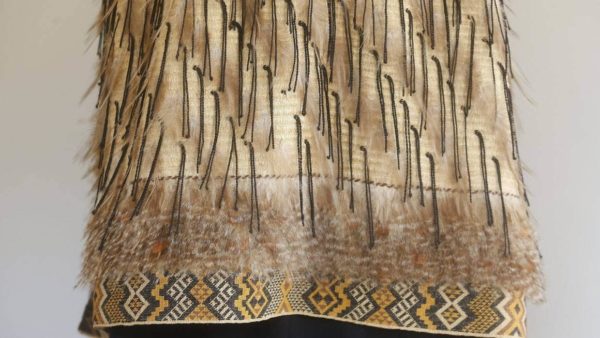
A korowai is a hukahuka, or tassled, kākahu (weaver Dame Rangimarie Hetet).
Identification and description of feathers. By Hokimate P. Hardwood
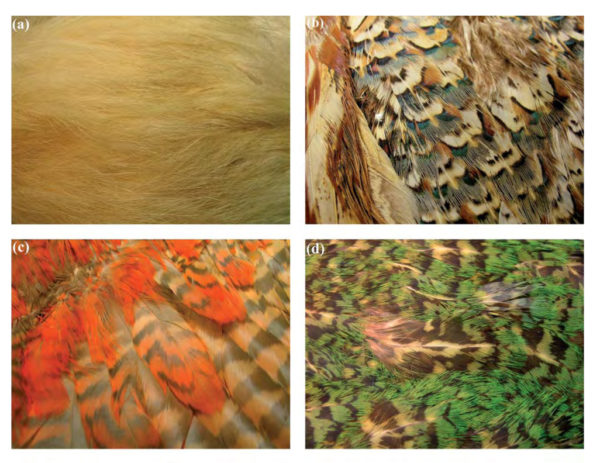
https://www.researchgate.net/publication/263662225_Identification_and_description_of_feathers_in_Te_Papa’s_MAori_cloaks/download
ABSTRACT: For the first time, scientific research was undertaken to identify the feathers to species level contained in 110 cloaks (käkahu) held in the Mäori collections of the Museum of New Zealand Te Papa Tongarewa (Te Papa). Methods of feather identification involved a visual comparison of cloak feathers with museum bird specimens and analysis of the microscopic structure of the down of feathers to verify bird order. The feathers of more than 30 species of bird were identified in the cloaks, and consisted of a wide range of native and introduced bird species. This study provides insight into understanding the knowledge and production surrounding the use of materials in the cloaks; it also documents the species of bird and the use of feathers included in the cloaks in Te Papa’s collections from a need to have detailed and accurate museum records.
KEYWORDS: Mäori feather cloaks, käkahu, cloak weaving, birds, feathers, harakeke, microscopic feather identification, barbule, nodes, New Zealand.
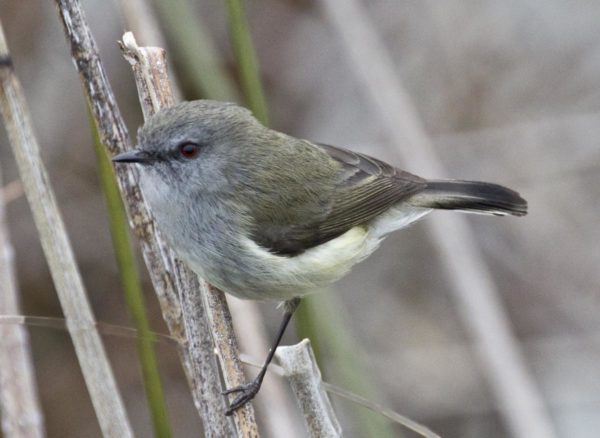
SAY WHAT_!?

How To Make A Thesis. By Anthony Hoete.
- Write The Research Question.
- Read How To Write A Thesis By Umberto Eco.
- Make The Thesis as a Book. Assume 300pp say for 20,000 words.
- Add content. Assume minimum rate of 2,000 words pcm.
- Recall: You are not Proust. Do not write long sentences.” Your Research Question might be your longest sentence.
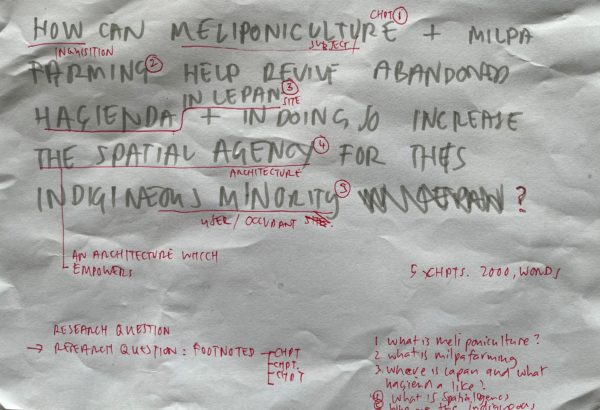
Inquisitive + Subject + Site + Architecture + Participant.
Then using as chapter organisation.
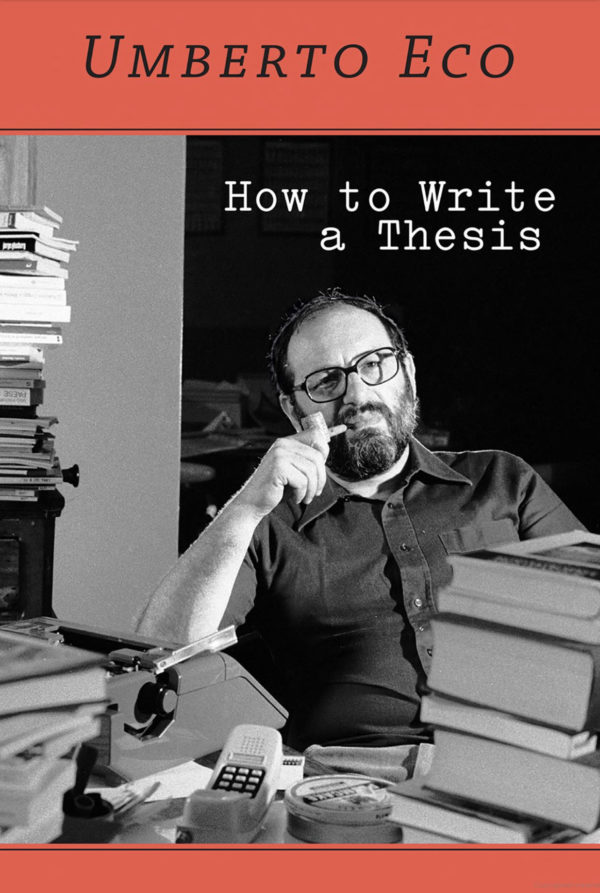

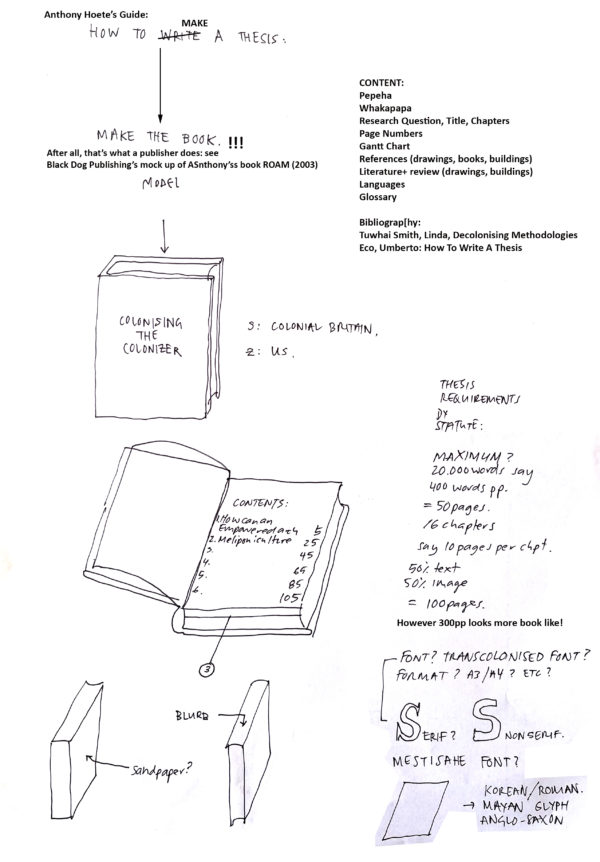
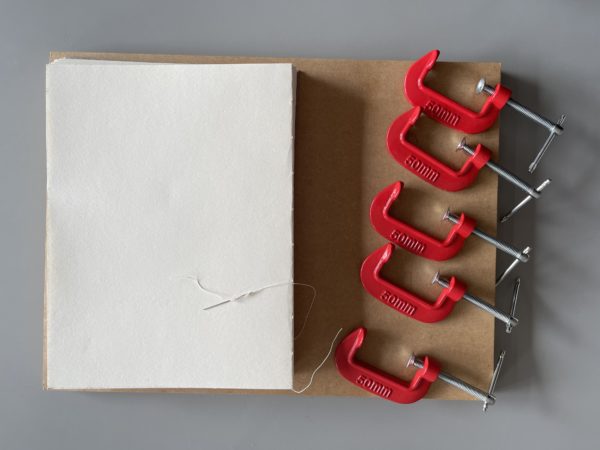
SAY WHAT_!?

